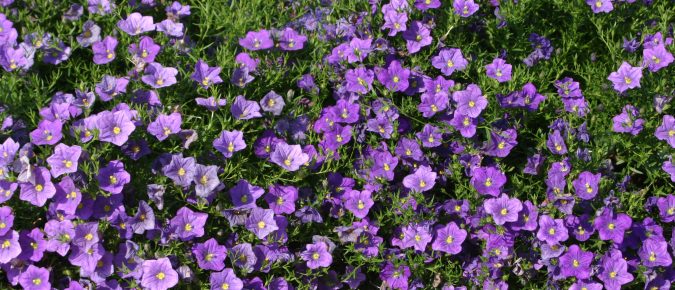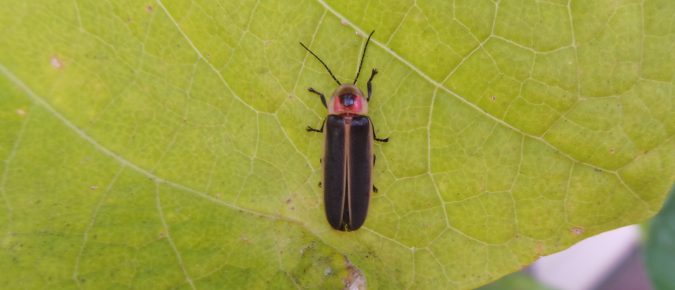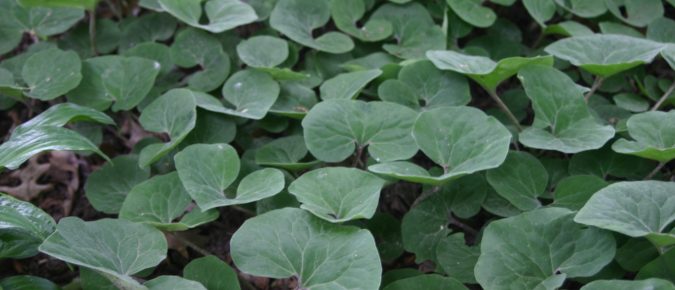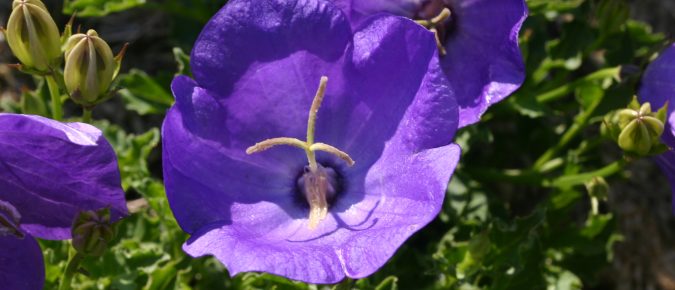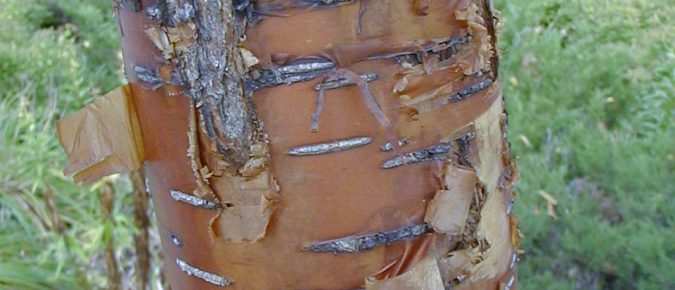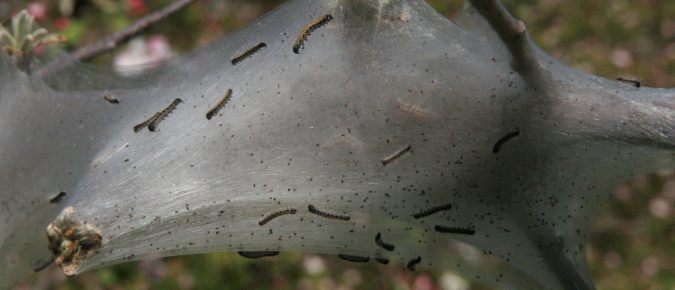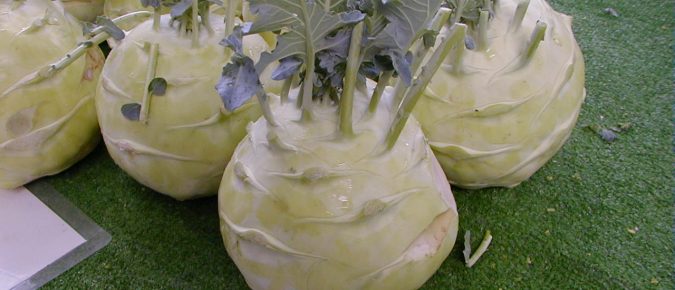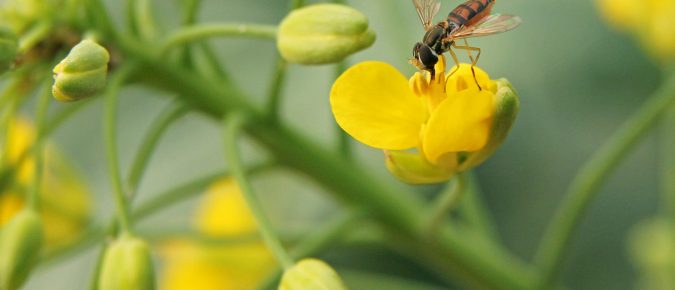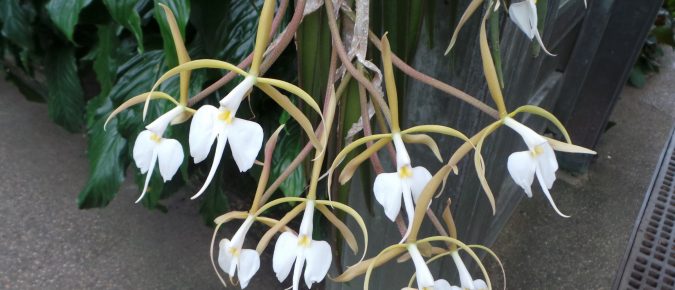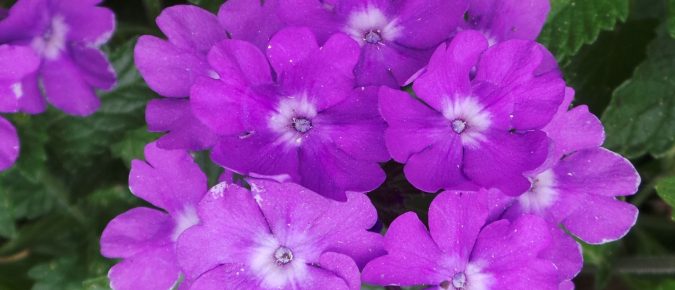Nierembergia is not a common plant in the upper Midwest. This perennial in the potato family is only hardy to zone 7, so in colder climates it is grown as an annual. It loves hot, dry weather, so is good for edging along pavement or flagstone, in rock gardens and in containers. To learn more about this plant that flowers in white or purple, read this article…
“Lightening bug” and “firefly” are common names for a number of insects that are neither bugs nor flies. These insects that produce light at night are actually beetles, and are often overlooked during the day as they rest on foliage. Another thing most people don’t know about these insects is that the immature stage is a beneficial predator. To learn more about fireflies, read this article…
There are several species of perennial foliage plants in the genus Asarum that make great ground covers for shady sites. European wild ginger and the North American wild ginger are the most commonly used as landscape plants. Both have interesting, but inconspicuous, dark-colored flowers. Learn more about wild ginger in this article…
Campanula carpatica is a low growing herbaceous perennial from the Carpathian Mountains of southeastern Europe. One of the best selections of this species is the ‘Clips’ series. These plants form neat mounds of light green foliage about a foot wide and 6-8 inches tall and remain in clumps that spread only slowly. To learn more about these attractive perennials, read this article…
Amur cherry is a small tree from the Far East that has cinnamon-brown exfoliating bark that is most prominent in winter, when the leaves have fallen. To learn more about this attractive tree hardy to zone 2, read this article…
Tent-like masses in the forks of tree limbs in early spring are the silken nests of the eastern tent caterpillar.
To learn more about this pest and how to deal with it, read this article…
Looking somewhat like a space alien, kohlrabi is a member of the cabbage family that has a turnip-like enlargement of the stem above the soil surface. To learn more about this vegetable, read this article…
Are those insects with striped abdomens really all bees? Take a closer look – if they have only one pair of wings, they’re actually a type of fly. Called by various common names, these hover flies or flower flies or syrphid flies are beneficial insects. The adults feed on flowers, but the larvae are important predators of aphids. To learn more about these insects, read this article…
With a lovely perfume coming from the flowers in the evening, Lady of the Night orchid is aptly named. This relatively small epiphytic orchid from Central and South America adapts readily to being grown as a houseplant. To learn more about Brassavola nodosa and how to grow it as a pot plant, read this article…
Tall purple flower spikes characterize the several species of Liatris that are used as ornamentals in gardens. This native plant is at home in the border as it is in a meadow or prairie planting. There are several species and varieties of this easy-to-grow herbaceous perennial. Learn more about Liatris in this article…
No one likes opening a fresh ear of sweet corn only to find it chewed up and often with a worm inside. The culprit is usually a corn earworm. The caterpillar of this species of moth varies a lot in color but is always seen feeding on the silk end of ears of corn. To learn more about this pest and how to control it, read this article…
With its long, airy sprays of purple flowers, Verbena bonariensis is a great addition to the garden. It is a perennial, but only to zone 7. However, it is very easy to grow and will flower the first year from seed, so can be treated as an annual in colder climates. The flowers are highly attractive to butterflies and other insects. To learn more about Verbena bonariensis, read this article…

